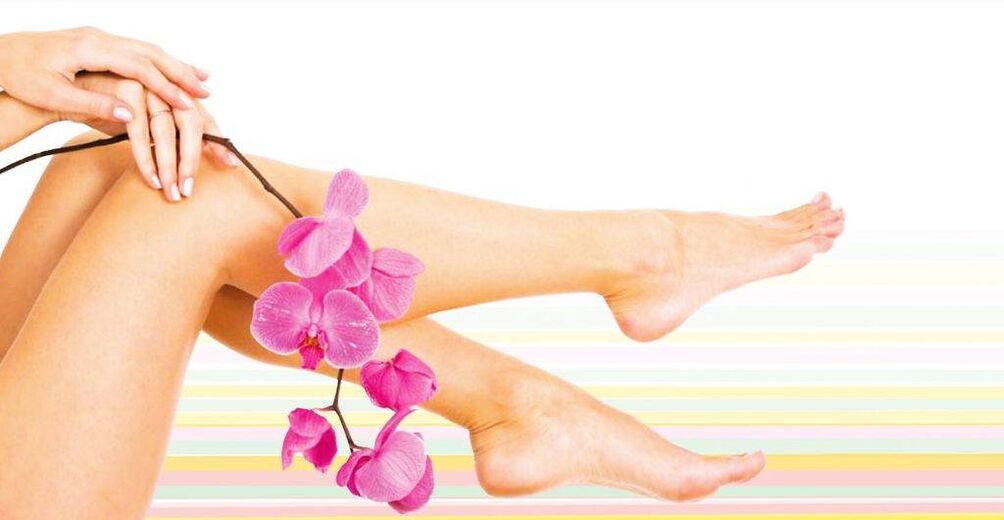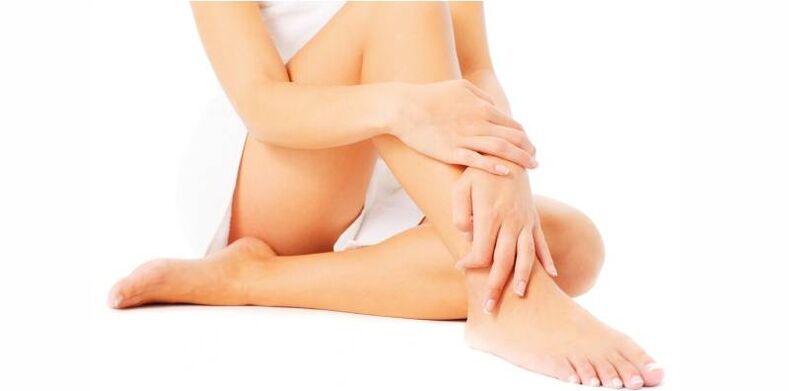Vascular diseases pose a serious threat to human health and even life. There are varicose veins between them. In the International Classification of Diseases (ICD 10), this pathology is identified by code number 183. Fighting such a disease is quite a laborious process and requires a lot of effort from the patient himself. What are varicose veins? Diseases of the lower extremities are a pathological process, the development of which manifests itself in the form of damage to the blood vessels of the legs, their dilation, twisting, as well as irreversible changes in the valve apparatus (anatomical structures). preventing non-physiological blood flow). As a result, a person may develop vascular valve insufficiency.

In the early stages of varicose veins, symptoms are characterized by the formation of nodules in the venous network or spider veins, an increase in the size of the saphenous veins, their pain and a feeling of heaviness in the legs. As the disease progresses, symptoms of chronic venous circulatory failure (eg, swelling of the lower leg, foot, trophic ulcers, calf muscle cramps, thrombophlebitis, and altered blood vessel damage) are added to the overall clinical picture.
Sometimes, if a person has some congenital diseases, swelling can occur not only in the arteries of the legs, but also in the arteries of some internal organs. For example, the development of portal hypertension often leads to vasodilation of the esophagus, and when varicocele occurs, capillary varicose veins of the spermatic cord are observed.
Regardless of the location of the pathological process, there is a hereditary predisposition to the growth of capillaries, the appearance of which in humans is associated with congenital weakness of the vessel walls and lack of venous valves. At the same time, varicose veins in men, based on medical statistics, are slightly less formed than in women. Treatment at any stage of varicose veins has many nuances and takes a long time.
Causes that contribute to the development of the disease
A vascular disease such as varicose veins of the lower extremities can have many predisposing factors. The most common of these are:
- hereditary tendency. Lack of connective tissue in the human body can lead to a weakening of the tone of the vessel walls, which in turn will help to dilate the venous system of the legs.
- Excess weight.
- Pregnancy. In this case, the pathology may be due to an increase in the volume of blood circulating in the body and the compression of the vessels behind the abdominal cavity by the uterus.
- Nutrition. People who do not have or eat small amounts of raw vegetables and fruits in their diet are more likely to develop the disease.
- Hormonal imbalance. Scientists have proven that long-term use of drugs containing hormonal substances can adversely affect not only the hormonal background of a person, but also the condition of blood vessels.
- Sedentary lifestyle. For example, keeping the body in the same sitting or standing position for a long time contributes to the development of congestive disorders in the blood circulation of the lower extremities. Also, long-term wearing of corsets, which causes an increase in intra-abdominal pressure, has a negative effect on the vascular system of the legs. The same harmful effect is caused by tight outer and underwear, squeezing the vessels located in the region of the inguinal folds.
- Psychosomatic factor. The permanent effects of intense stress on a person.

Clinical manifestations of pathology
The symptoms and treatment of varicose veins depend entirely on the stage of development of the disease. Sometimes, some patients may complain of heaviness in the legs, increased fatigue, pain in the ankle area, even before the onset of visual symptoms of varicose veins. In addition, there is a possibility of developing telangiectasia.
The initial stage is characterized by the absence of venous flow disorders. Often the disease can continue in the compensatory phase, which is expressed in the form of asymptomatic development of the pathological process. In this case, most patients are not even aware of the presence of varicose veins, so they simply do not go to the doctor.
As the disease progresses, a person has the first well-defined signs of varicose veins, which have the following manifestations:
- Swelling, a transient pain syndrome that occurs when the body stays upright for long periods of time. Such symptoms disappear immediately after the person is in a supine position.
- Constant feeling of heaviness in the lower extremities, pain of a dull nature, fatigue of the legs and convulsions, mainly seen at night.
- Itching of the skin. This manifestation of vascular disease becomes more pronounced in the evening and indicates the development of trophic disorders (deterioration of nutrition of epidermal tissues, manifested in the form of ulcerative neoplasms formed on its surface). Pathological changes in the dermis are often localized in the anterior and internal part of the ankle.
- During the external examination of the patient's legs, the doctor found a fairly large swelling of the capillaries and extensive disruption of the venous circulation. In some cases, varicose veins are accompanied by severe dizziness and loss of consciousness as a result of a sharp drop in blood pressure.
- The skin in the area where circulatory processes deteriorate becomes dense, rough and dry.
Method of treatment of the disease
How to deal with varicose veins? Three main treatment regimens are used to combat this disease:
- Conservative therapy. How to remove varicose veins by conservative methods? This method of overcoming the disease includes following the general recommendations, ie leading an active lifestyle, regular physical training, use of elastic bandages and compression stockings. In addition, the patient is prescribed certain phlebotonic drugs. Varicose veins cannot be treated with conservative therapy alone, because this method of eliminating the disease cannot completely restore the varicose veins;
- Compression sclerotherapy. This method of eliminating the pathology involves the introduction of a special drug into the dilated vein. As a result, a spasm occurs in the affected vessel, after which compression stockings are placed on the patient's leg, which keeps him in the resulting position. After 3 days, the walls of the vessel begin to stick together. The patient should wear such socks for 1 month - until tight adhesions. Treatment of varicose veins without surgery is prescribed only for patients who do not have an advanced condition of the pathological process.
- Surgery. How to treat varicose veins with surgery? Numerous surgical methods are used to operatively eliminate vascular pathology, including microsurgery, laser and radiofrequency coagulation of vessels. How to get rid of varicose veins using surgery? Surgical treatment of the disease involves complete removal of the affected vessels.

Can varicose veins be treated without surgery? Experts say that dilated arteries can be done without cutting them, but only if the disease is not in an advanced state and it is not possible to restore normal blood circulation in the lower extremities.
Its effectiveness will also depend on which therapy will be used, so the patient should not ignore the course of treatment prescribed by the doctor, and fully follow all the recommendations of the doctor.


















